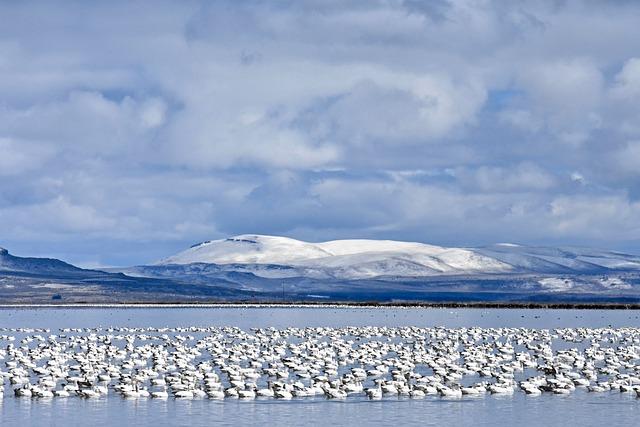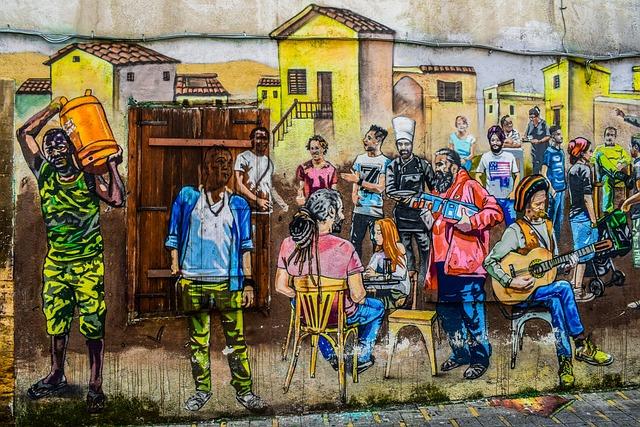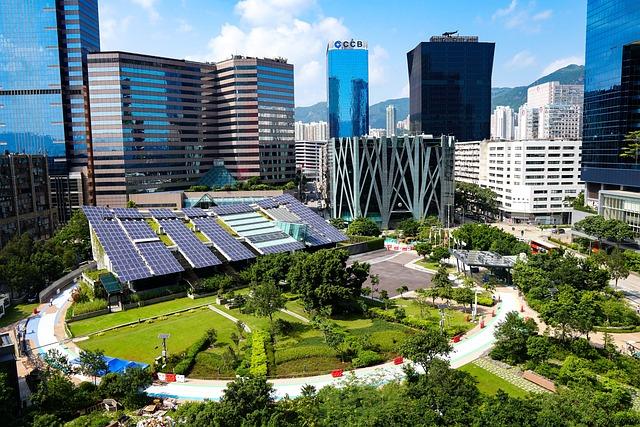In an increasingly interconnected world, the dynamics of migration weave a rich tapestry that reflects not only the aspirations of individuals but also the socio-economic currents shaping nations. Among the myriad stories of this global phenomenon, Pakistan’s journey stands out as both intricate and illuminating. From the bustling streets of Karachi to the urban centers of the West, millions have ventured beyond their borders, seeking opportunities, safety, and a fresh start. This article delves into the multifaceted trends of immigration from Pakistan, tracing the historical roots, demographic shifts, and the influences of international policies that have sculpted the narratives of millions. By examining both the push and pull factors at play, we aim to illuminate how Pakistan’s migration patterns fit into the broader context of global immigration trends, offering insights that resonate far beyond its borders.
The Shifting Landscape of Pakistani Migration Patterns
Over the past few decades, migration patterns originating from Pakistan have undergone substantial transformation, reflecting broader socio-economic dynamics both domestically and abroad. Factors influencing these changes include economic opportunities, educational pursuits, and socio-political circumstances. Migrants today are not solely driven by the pursuit of better employment; they are increasingly motivated by quality education and the desire for improved living standards. In addition, changing global immigration policies and bilateral agreements have further diversified the avenues available to those seeking to leave their home country.
The destinations that attract Pakistani migrants have also diversified significantly. While traditional hubs like the Middle East continue to draw workers, newer pathways to the West—particularly Canada, the United Kingdom, and Australia—are gaining traction. Each geographical shift corresponds to distinct motivations and cultural exchanges. A closer look at the current migration landscape reveals:
- Increased movement towards educational institutions: A surge in student visas highlights the demand for advanced studies abroad.
- Family reunification policies: Many migrants seek to bring their family members to join them, fostering a more integrated community.
- Temporary versus permanent migration: A notable shift of labor migrants towards permanent residency indicates a desire for long-term stability.
| Destination | Primary Purpose | Growth Trend (2010-2023) |
|---|---|---|
| Middle East | Employment | Steady |
| Canada | Education & Residency | Rapid |
| United Kingdom | Family Reunion | Moderate |
| Australia | Skilled Migration | High |

Drivers and Barriers: Understanding the Factors Behind Immigration
Understanding the intricate tapestry of immigration decisions reveals a range of drivers that compel individuals to leave their home country. In the case of Pakistan, these factors often include:
- Economic Opportunities: Many Pakistanis seek better employment prospects in developed nations, driven by the desire for improved living standards.
- Education: The pursuit of quality education abroad motivates youth to migrate, with aspirations for international qualifications enhancing their career possibilities.
- Family Reunification: Emotional ties and the necessity of reuniting with family members are potent forces impacting immigration decisions.
- Political Instability: Issues such as security concerns or governmental changes often push individuals to seek safer environments.
Conversely, several barriers inhibit migration, creating complex challenges for those wishing to relocate. The main obstacles faced by potential emigrants include:
- Legal Restrictions: Stringent immigration laws and visa requirements can deter individuals from pursuing opportunities abroad.
- Financial Constraints: The cost of migration, including travel and application fees, can be prohibitively expensive for many families.
- Cultural Barriers: Fear of cultural dislocation and uncertainty regarding adjustment to a new lifestyle can prevent individuals from taking the leap.
- Limited Information: A lack of access to accurate data about life abroad can make individuals hesitant to commit to immigration.

Integration Strategies: Enhancing the Experience of Pakistani Migrants Abroad
As Pakistanis navigate their new lives in diverse countries, thoughtful integration strategies can enhance their overall experience and foster a sense of belonging. Communities must prioritize the establishment of support networks that empower migrants through educational programs, career development, and cultural exchange initiatives. By providing workshops that facilitate language acquisition and job readiness, migrants can better assimilate and contribute to their new environments. Moreover, partnering with local organizations to host cultural festivals can celebrate Pakistani heritage while fostering mutual respect and understanding among diverse populations.
To measure the effectiveness of these integration efforts, it is crucial to collect data on various success indicators. By implementing a framework that highlights statistical insights, stakeholders can better understand the challenges faced by migrants and adapt their strategies accordingly. Consider the following table showcasing potential metrics for evaluating integration outcomes:
| Metric | Importance |
|---|---|
| Employment Rate | Measures economic stability and self-sufficiency |
| Language Proficiency | Indicates ability to engage with local communities |
| Social Integration | Reflects community involvement and support networks |
| Cultural Participation | Assesses engagement in cultural exchange activities |
By strategically aligning resources and measuring these metrics, stakeholders can ensure that Pakistani migrants not only thrive in their new surroundings but also enrich the multicultural tapestry of their host countries.

Policy Recommendations: Fostering Sustainable Migration for a Global Community
In order to establish a framework that encourages sustainable migration practices, it is essential to focus on collaborative international efforts. The following strategies can be pivotal for fostering an inclusive environment:
- Strengthening Bilateral Agreements: Countries of origin and destination should develop mutual agreements aimed at facilitating safe and orderly migration.
- Enhancing Integration Programs: Implementing programs that support the integration of migrants into local communities helps mitigate social tension and fosters economic contributions.
- Promoting Skills Exchange: Encouraging skill-development initiatives for migrants can equip them to meet labor market demands while contributing to the host country’s economy.
- Supporting Refugee Resettlement: Developing comprehensive resettlement plans that ensure refugees have access to education, healthcare, and employment opportunities is crucial.
Moreover, it is vital to prioritize the well-being of migrants and uphold their rights. Governments and international bodies should consider the following measures:
| Measure | Description |
|---|---|
| Legal Protections | Establish fair and just legal pathways for migrants to access necessary services and protection against exploitation. |
| Public Awareness Campaigns | Launch campaigns that educate communities about the benefits of migration and dispel myths that contribute to xenophobia. |
| Research and Data Collection | Invest in data-driven research to better understand migration patterns and adapt policies accordingly. |
In Retrospect
As we conclude our exploration of immigration trends within the context of Pakistan’s dynamic journey, it becomes evident that the pathways of movement and migration are as diverse and intricate as the cultures they represent. From the ancient caravan routes to modern-day migration patterns, Pakistan’s story is woven into the larger tapestry of global mobility. As we navigate through the complexities of economic opportunities, socio-political contexts, and cultural exchanges, it’s clear that immigration is not just a singular phenomenon but a multifaceted experience that reshapes identities and communities.
In a world increasingly interconnected, Pakistan’s migration narratives echo the universal themes of hope, aspiration, and, at times, struggle. These narratives serve as reminders of the shared human experience that transcends borders, urging us to reflect on the contributions of migrants and the ever-evolving landscapes they navigate.
As we look to the future, understanding these trends will be crucial in fostering dialogue, promoting integration, and crafting policies that honor the dignity and potential of every individual. In this journey of discovery, may we continue to engage with the stories of those who embark on the path of migration—stories that enrich our global community and challenge us to create a world where diversity is not just acknowledged, but celebrated.



